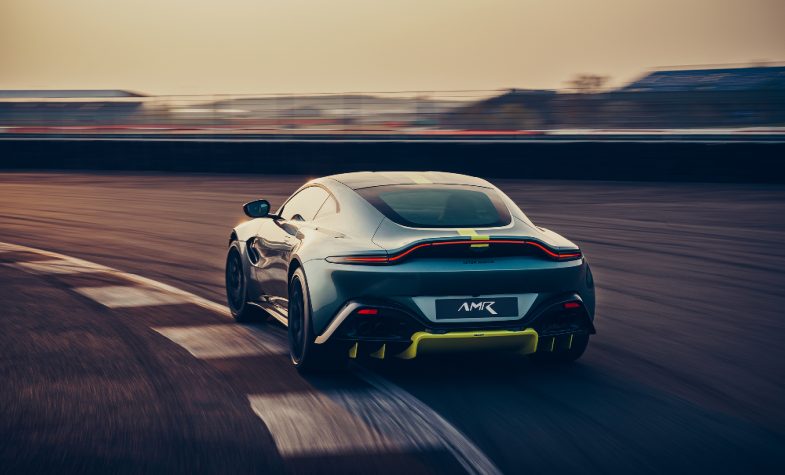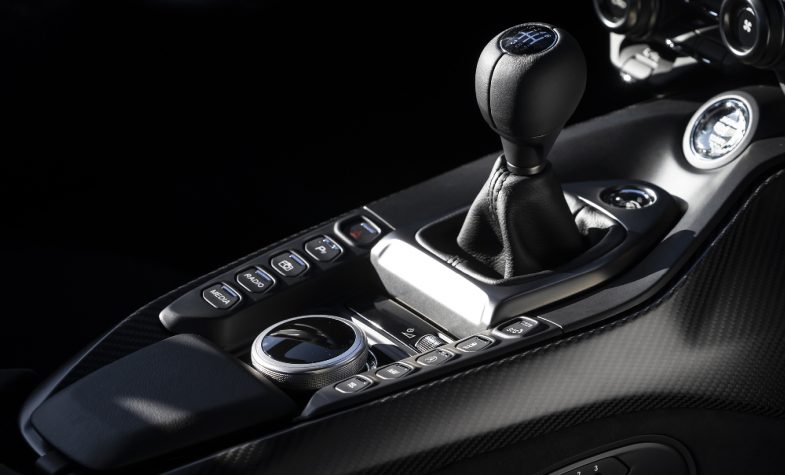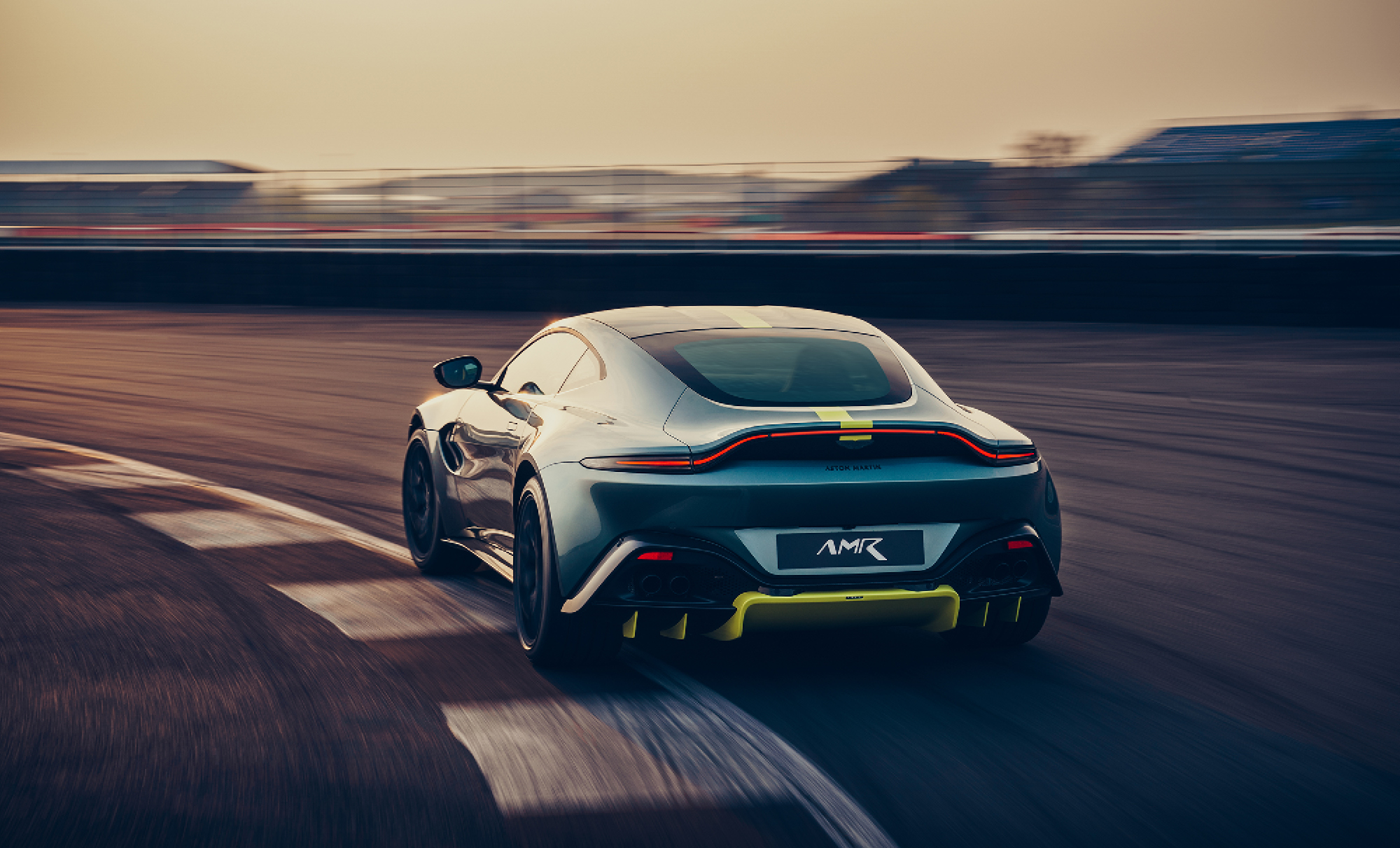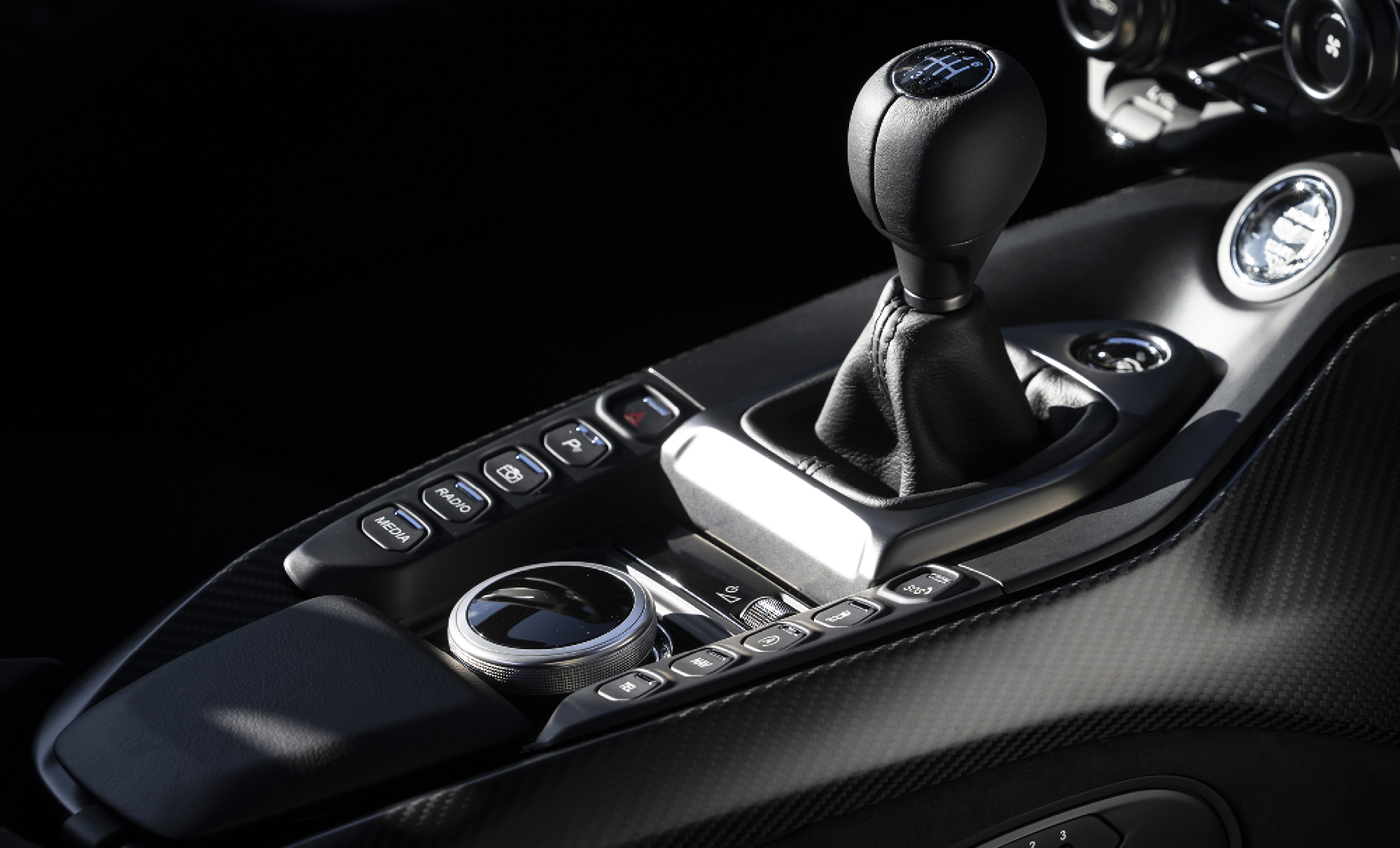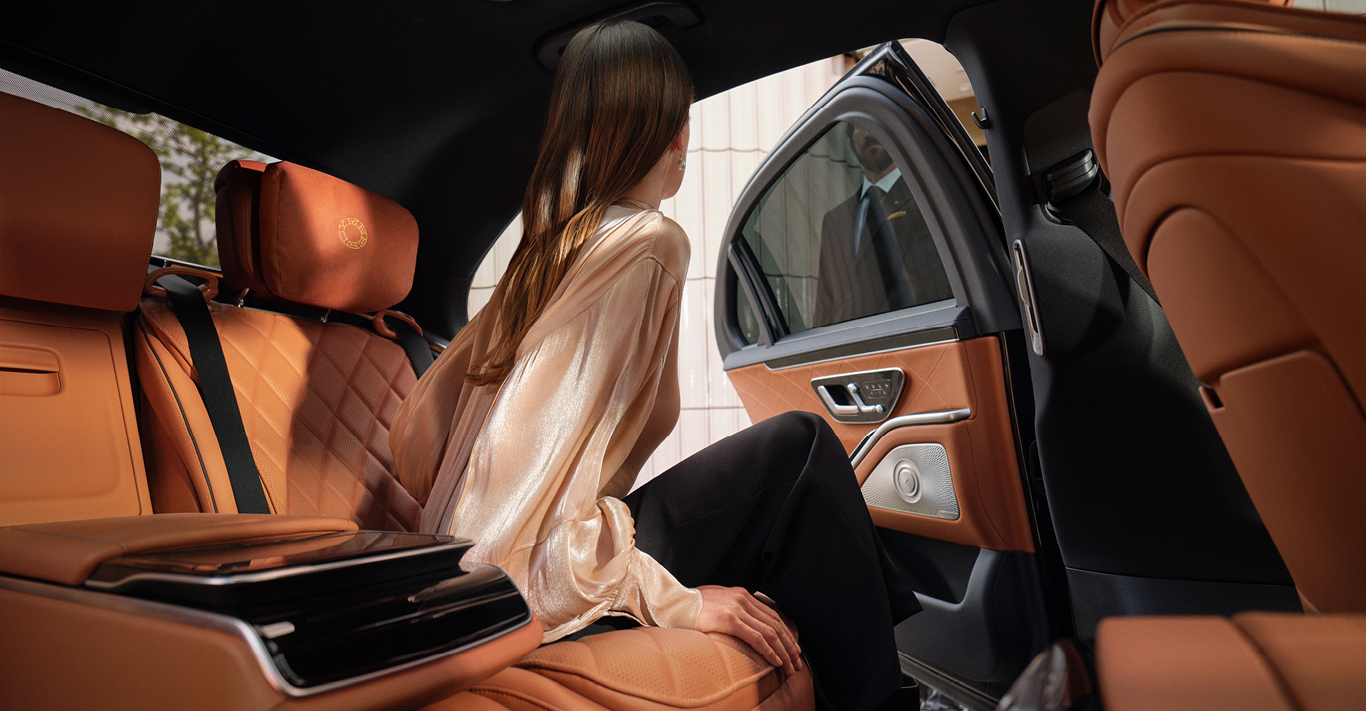WORDS
Simon Burton
If you’re beyond the age of 30, the chances are you spent moments of your childhood riding bicycles and pedalling go-karts to a self-created soundtrack of an imaginary engine, the revving of which rose to an appropriate crescendo as you accelerated, only to drop back realistically when you ‘changed up’.
Imitating the sound of shifting gear has been a rite of passage for children for the best part of a century, but it now seems likely that this vital skill is set to become extinct – along with the ability, and need, to do it for real.
One of the reasons for this is that today’s young are being educated to believe that the internal combustion engine is fundamentally evil and that electric cars are the way forward. But electric cars don’t usually have gearboxes and seldom make exciting sounds.
In fact, the regular ‘stick-shift’ gearbox is becoming increasingly rare on conventionally powered cars too – especially on high-performance models where bringing an engine back from the upper reaches of its rev range with a dab of the clutch and a slick up-shift has traditionally been one of the things most enjoyed by true driving enthusiasts.
So when a blue-chip manufacturer launches a new supercar with a manual ‘box’, you can bet the order book is going to fill up fast – as in the case of Aston Martin’s decidedly engaging new Vantage AMR, the limited-edition precursor to a manual gearbox option becoming available on the regular Vantage early in 2020.
The current Vantage was launched in 2018 to replace the previous model, 25,000 examples of which were bought in its 12-year production run to make it the best-selling Aston Martin of all time. Its replacement is streets ahead technically, however, and even better looking – but many enthusiasts bemoaned the lack of a manual option.
Aston duly obliged with the AMR version that will be made in just 200 examples, 59 of which are ‘Vantage 59’ editions that celebrate the marque’s one-two triumph at the 1959 Le Mans 24 Hours and are finished in the same Stirling Green as the original team cars. The remaining 141 AMRs can be had in a choice of Sabiro Blue, Onyx Black, China Grey or White Stone.
In all cases, settling into the driver’s seat results in a pleasing feeling of nostalgia at the sight of the good, old-fashioned gearstick poking up from the transmission tunnel. It positively invites the driver to stir the seven-speed Dana Graziano gearbox that lies beneath, a masterpiece of modern-day race engineering that’s far smaller and lighter than the semi-automatic, paddle shift ‘box’ fitted to the standard Vantage.
Firing up the AMR results in a delicious V8 growl, and then it’s simply a matter of coming to terms with the now almost alien feeling of being in a large-engined sports car that actually requires the driver to depress a clutch pedal and select gears manually.
Pulling away for the first time requires some thought, too, because, in true racing tradition, this gearbox takes a ‘dog-leg’ configuration, with first gear being found by moving the lever left and back, so leaving the regular ‘H’ pattern to be filled by the more regularly-used ratios (six of them, in this case).
Although the AMR was launched at Aston Martin’s Performance Centre opposite the entrance to Germany’s infamous Nürburgring Nordschleife race track, our first drive took place on a road route that headed up to the mountains and back – and which ably served to remind just how much more rewarding it is to drive a quick car when it isn’t doing everything for you.
Not only does the AMR require clutchdipping and manual gear changing (which is made all the more entertaining by the AMSHIFT feature that allows up-changes to be made at full engine revs), its traction control system is markedly ‘dialled down’ – meaning considerable respect is needed to be paid to the combination of wet mountain roads and the 500 or so available horsepower when the car is given its head in the lower ratios.
But perhaps the most noticeable difference between the manual gearbox Vantage and its regular, paddle-shift stablemate is how much more characterful it feels – and how much more readily car and driver forms what can only be described as a ‘bond’.
Well, it would have been wrong to discuss an Aston Martin without at least one mention of 007, wouldn’t it?
The Aston Martin AMR costs £149,995, Vantage 59 versions £164,995. Following the sale of the initial 200 cars, the manual gearbox becomes an option on the standard Vantage.


